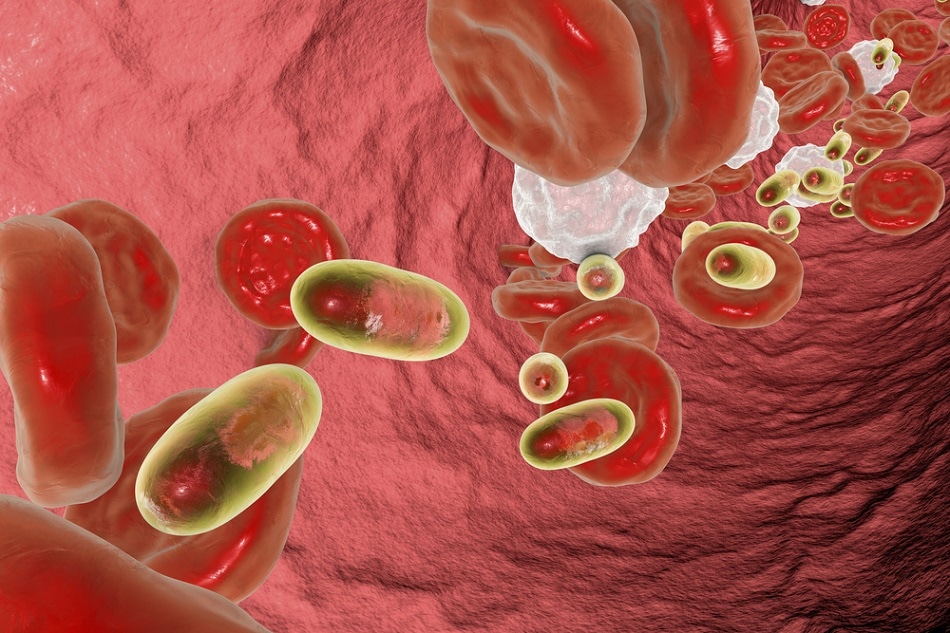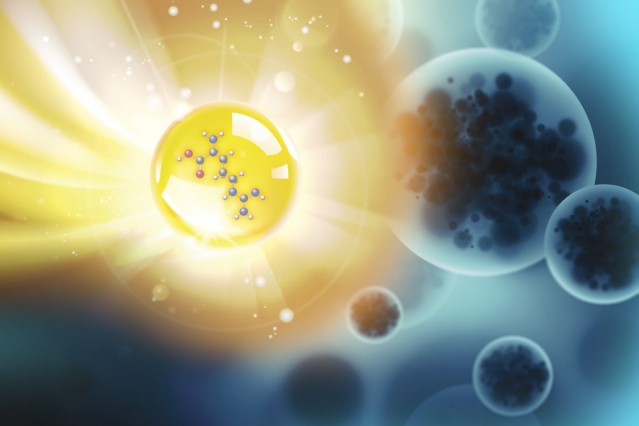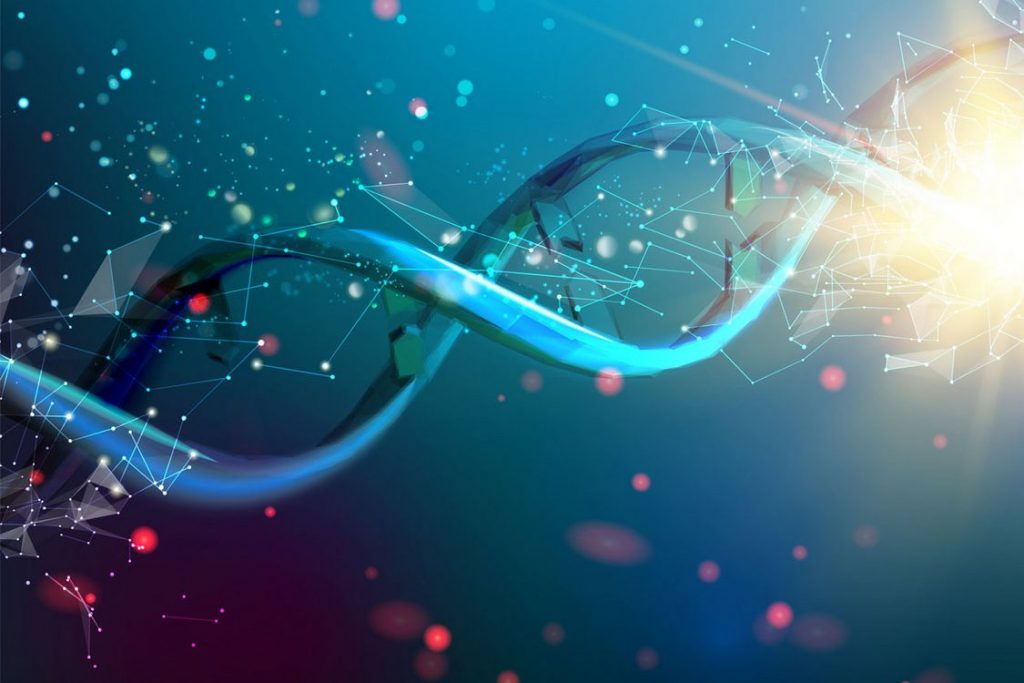Nanotechnology has been doing wonders in the biomedical field and has come up with several solutions which are offering some exciting possibilities. Some techniques are still being worked on to make groundbreaking advancements, while some are actually being used today by surgeons in pharmaceutical operations. Nanotechnology involves applications of nanoparticles in the field of robotics which can possibly make repairs at cellular levels. It is also known as nanomedicine. Here are some of the applications of nanotechnology and nanoparticles that we see in medicine today.
Drug Delivery

The most practised application of nanotechnology is a medicine which is currently being developed using nanoparticles to deliver drugs, heat, light or other substances to specific types of cells which allows direct treatment. This technique is beneficial as it reduces the damage to the nearby healthy tissues and only targets the problem. This technology is also being researched for creating nanorobots which can reach the tumours inside the body and destroy it while keeping the surrounding tissue safe.
Diagnostic Techniques
The researchers at Worcester Polytechnic Institute are using antibodies which can detect cancer cells in the bloodstream. The antibodies are attached to carbon nanotubes which can prove to be capable of detecting cancer in the bloodstream at an early stage. While this method is still under practice, the detection of kidney damage is already developed and being practised. The method involves the use of gold nanorods which are designed to attach to the protein developed in damaged kidneys. The excess of deposit of this protein can help in early detection of the problem.
Antibacterial Treatments

Researchers at Houston are working on a technique which can destroy bacteria using gold nanoparticles and infrared light. This method is said to help the hospital settings to clean hospital instruments. Researchers in Colorado are also investigating the use of quantum dots to treat antibiotic-resistant infections.
Wound Treatments
Researchers at the University of Wisconsin have demonstrated a bandage which has nanogenerators. These nanogenerators produce energy applies electrical pulses to a wound using electricity. This technique can help patients who are dealing with trauma or internal bleeding and reduce blood loss. The researchers at Chase Western Reserve University are also developing polymer nanoparticles that act as synthetic platelets.
Nanomedicine Wound Treatments
Nanotechnology is also being worked on to make nanorobots which can benefit cell repairing. They can be programmed to reach specific parts of the body and repair the diseased cells, functioning like the antibodies in our natural healing process. While it can be a great way of curing diseases and wounds without the need for surgeries and doctor’s presence, it still lacks the precision to provide the best results which is why it is still being researched for improvisations before applying and testing in on humans.

